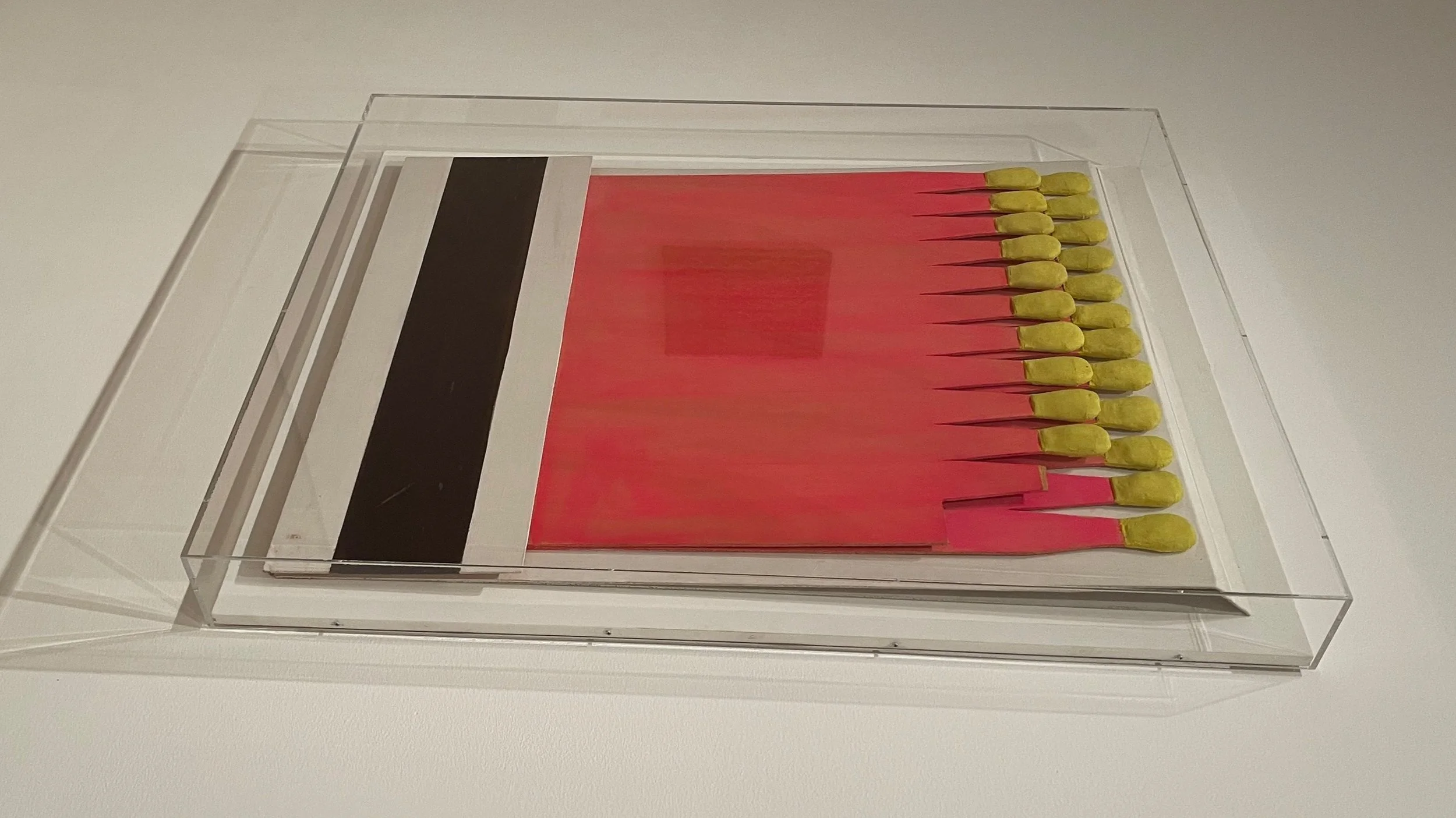The Elemental Power of Heat: A Modern Ayurvedic Perspective
Heat, in its most elemental form, is transformation. It is the catalyst that governs digestion, vision, circulation, and even the delicate balance of neurotransmitters. Ayurveda has long identified Pitta as the ruling force of fire within the body, dictating everything from metabolism to mood. It is both a gift and a force to be reckoned with- capable of energizing ambition or, left uncontrolled, igniting imbalance.
THE SCIENCE
The body’s heat does not begin and end with digestion, though that is where its influence is most obvious. The skin, the heart, the blood, the eyes- each is regulated by this inner fire, shaping how we absorb, process, and radiate vitality.
At the cellular level, mitochondria, often called the powerhouse of the cell, play a crucial role in energy metabolism. These organelles convert oxygen and nutrients into ATP (adenosine triphosphate), the body's primary energy currency. The efficiency of mitochondrial function directly impacts metabolic rate, influencing how the body generates and utilizes heat. Studies suggest that Ayurvedic nutrition and lifestyle practices can enhance mitochondrial health, improving ATP production and overall energy levels.
Ayurveda’s concept of digestive fire (Agni) aligns with modern metabolic science. Agni governs digestion and transformation, much like mitochondrial oxidative phosphorylation, where nutrients are broken down to release energy. When Pitta flares too high, the body responds in kind: inflammation, excessive sebum production, acid reflux, colitis. Fire in excess is destruction. Fire in control is power. It is the difference between a flame that lights the way and one that burns everything in its path.
The secret to balance lies not in eliminating heat, but in understanding it. Much like combustion, where oxygen meets fuel at the perfect threshold to create visible fire, the body's reaction to food and energy is a delicate dance of elements. The Pitta-dominant individual needs less to ignite digestion, metabolizing food with sharp precision. But Pitta is also part water. This is an unexpected contradiction in its fiery nature. Too much fluid puts out the flame, reducing energy, dulling focus, leaving the body struggling to regain its rhythm.
BOTTOM LINE
In the age of modern wellness, Ayurveda demands a renaissance. It is not about fleeting trends or broad prescriptions. It is about personalized equilibrium. The world talks endlessly about superfoods and gut health, yet ignores the simple truth that no single solution exists for everyone. Heat, fire, energy. These elements deserve thoughtful calibration, not reckless experimentation.
Scientific research supports Ayurveda’s emphasis on heat therapy. Sudation therapy (Svedana Karma), an Ayurvedic practice of inducing sweat, has been shown to enhance mitochondrial adaptation and regulate metabolic pathways. Heat exposure triggers the release of HSPs (heat shock proteins), which protect cells from stress and improve metabolic efficiency.
Understanding what fuels the body, and more importantly, how to keep that flame burning at just the right intensity, is the key to sustained vitality.
Not too much. Not too little. Just enough to transform without consuming.
That is the art of balance.









